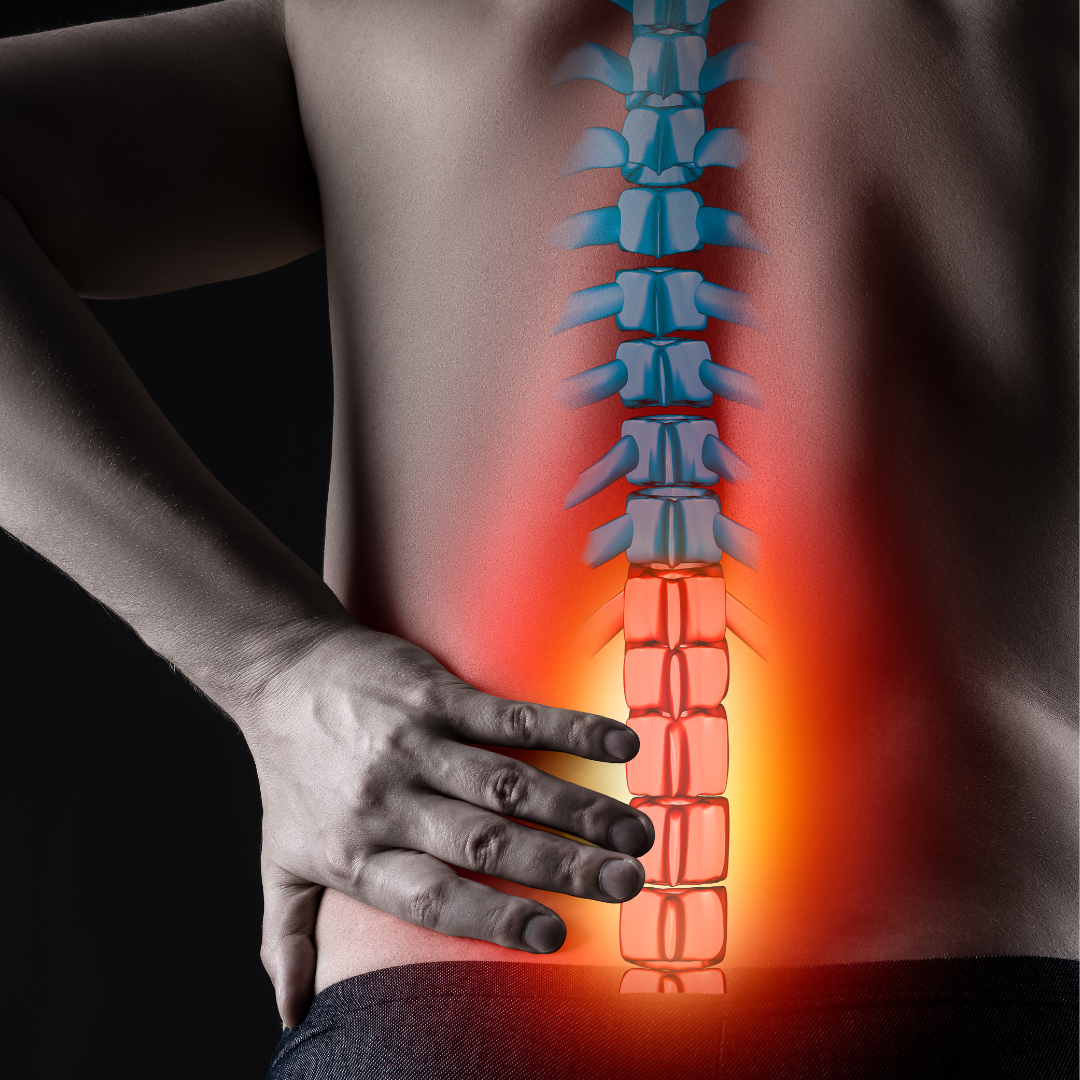Sciatica, characterized by radiating pain along the sciatic nerve, can significantly impact one’s quality of life. While there are various approaches to managing sciatic pain, physical therapy stands out as a crucial and effective component of rehabilitation. In this blog post, we will delve into the role of physical therapy in sciatica rehabilitation, exploring the benefits, common therapeutic approaches, and exercises prescribed by professionals.
Understanding the Basics: What is Physical Therapy?
Physical therapy is a branch of rehabilitative healthcare that employs exercises and manual techniques to improve mobility, function, and overall well-being. When it comes to sciatica, physical therapists play a vital role in addressing pain, promoting healing, and preventing future occurrences.
Benefits of Physical Therapy for Sciatica:
- Pain Management: Physical therapists use a variety of techniques, including targeted exercises and manual therapies, to alleviate sciatic pain and discomfort.
- Improved Mobility: Through tailored exercise programs, physical therapy aims to enhance flexibility and strength, restoring optimal movement and reducing the risk of re-injury.
- Education and Awareness: Patients are educated about their condition, learning how to manage symptoms and prevent future episodes through proper body mechanics and lifestyle adjustments.
Common Therapeutic Approaches:
- Manual Therapy: Hands-on techniques such as massage, joint mobilization, and stretching are employed to address muscle tension, improve circulation, and promote healing.
- Exercise Prescription: Physical therapists design customized exercise programs to target specific muscle imbalances, focusing on strengthening the core and supporting structures around the spine.
- Modalities: Heat and cold therapy, ultrasound, and electrical stimulation may be used to provide pain relief and reduce inflammation in the affected area.
Sample Exercises for Sciatica Relief:
- Pelvic Tilts: Lie on your back with knees bent, gently tilt your pelvis upward and hold for a few seconds, then return to the starting position. This exercise engages the core and helps stabilize the lower back.
- Cat-Cow Stretch: On hands and knees, alternate between arching and rounding your back, promoting flexibility and relieving tension in the spine.
- Seated Hamstring Stretch: Sit with one leg extended, bend the other leg with the sole of the foot against the inner thigh. Reach toward the toes of the extended leg, stretching the hamstrings and lower back.
Results Physical Therapy’s FREE Online Hip & Pelvis Pain Workshop
Thank you for reading Physical Therapy and Sciatica Recovery. If you are experiencing lower back pain, Results Physical Therapy is hosting a FREE Online Lower Back Pain Workshop on Tuesday, January 2nd from 5:30pm – 6:30pm. This workshop will provide information on the causes of lower back pain and offer practical tips on how to identify the source of your symptoms. The workshop will be led by a master physical therapist with 40 years of experience and is open to anyone who is interested in learning more about lower back pain and improving their quality of life.
To register, visit https://workshops.resultsrehab.com/signup




